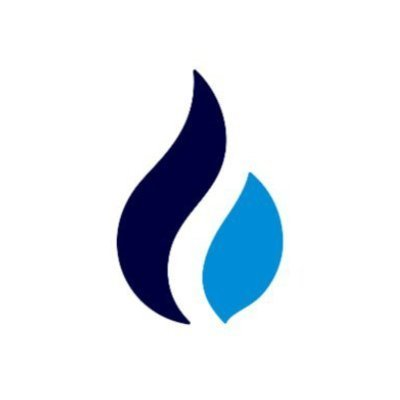Reserves of Crypto Exchanges (CEX)
Publicly available reserves of centralized crypto exchanges.
Compare reserve volumes, asset backing, and transparency across top CEX platforms.
| Name | Reserves | Clean Reserves | Stablecoins | Source/Audit |
|---|---|---|---|---|
| $ 155.95B | $ 121.17B | 23.60% | ||
| $ 27.25B | $ 20.92B | 1.74% | ||
| $ 21.67B | $ 21.67B | 29.11% | ||
| $ 7.20B | $ 5.28B | 5.42% | ||
| $ 5.38B | $ 5.34B | 30.51% | ||
| $ 2.12B | $ 2.12B | 1.59% | ||
| $ 1.87B | $ 1.87B | 0.27% | ||
| $ 1.72B | $ 1.67B | 35.77% | ||
| $ 1.42B | $ 1.42B | 1.09% | ||
| $ 1.05B | $ 812.67M | 16.87% | ||
| $ 11.11M | $ 11.11M | 98.18% | ||
| $ 5.00 | $ 5.00 | 0.00% | ||
| $ 1.00 | $ 1.00 | 0.00% |
1 - 13 from 13
Show rows
50
FAQ
Why is it important to check cryptocurrency exchange reserves?
Checking reserves is critical for assessing the reliability of the exchange and protecting users' funds. After the collapse of FTX and other exchanges, transparency of reserves became a key factor in trust. Sufficient reserves guarantee that the exchange can fulfill its obligations to customers at any time. Regularly checking reserves helps prevent fraud, identify financial problems early, and protect the market from systemic risks.
How can users check the reserves of an exchange?
Users can easily check exchange reserves in the "Cryptocurrency Exchange Reserves" section on platforms like CryptoRank or independently review Proof of Reserves reports on the exchange's official websites, using self-verification tools provided by exchanges for verification and inclusion of their funds in independent audits.
What is Proof of Reserves?
Proof of Reserves (PoR) is a cryptographic method that allows exchanges to confirm the existence of sufficient assets to cover their obligations to users without disclosing confidential information. The process involves creating cryptographic proof of ownership of funds on public blockchain addresses, conducting an audit by an independent third party, and publishing the results.
What methods are used for auditing CEX reserves?
Several methods are used for auditing reserves: traditional financial audits by authoritative companies; cryptographic proof of reserves using Merkle trees; auditing liabilities to confirm the ratio of assets to liabilities; online monitoring of exchange wallet addresses through blockchain explorers; and independent verification via specialized platforms. The most reliable approach is a combined one with regular checks by third-party companies.












